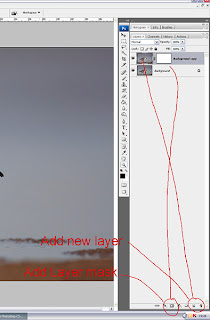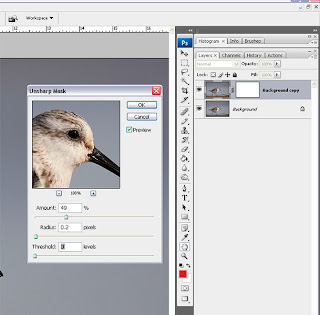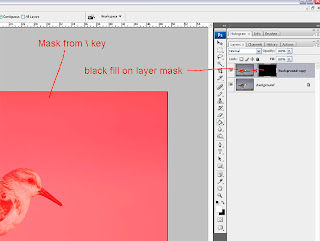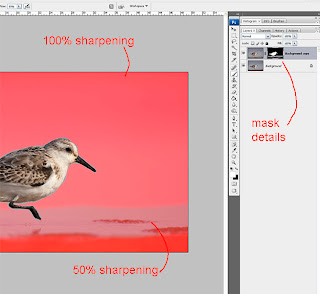Later on this evening I will be giving an illustrated photo talk on the Wildlife of Mull for the second time.
While putting the talk together and considering and processing the images, it prompted many thoughts.
But lets quickly step back in time as to why I am doing the talk to set it in context.
Last year while on Mull, I was asked if I would do a talk for Wild Isles Week which is
held every year in May. Naturally I was pleased to be asked and of course accepted. In order to give it a dry run, I asked if I could speak to Stratford Photo Group just to check out the content and flow - nothing like a home audience to see what works and what doesn't. Meanwhile, I have also been asked to give it to the Smethwick Photo Society Nature Group and later in the year to the RPS Nature Group
Well I was asked for the Smethwick talk at quite short notice and hadn't prepared a thing with a couple of weeks to go- so panic set in and I got to work quickly.
Tracing through four sets of images comprising of a total of about 2500, I was never convinced that I would have enough material and expected to have to supplement the talk with images of wildlife that is seen on Mull but not actually taken there, so I slight cheat if you like.
But once I got into the selection process, based around the story I wanted to tell, I found that I had more than enough and had to filter out hard.
So what?
Well what came out of this for me was that I had many more images that I revisited with a specific purpose in mind and found them both useful and actually pleased with a lot of them in a way that I had previously glossed over in the past.
It also got me thinking about the photography I do on these trips as I quickly realised that there were many holes in the story I wanted to tell with missing images. For example, I don't have any decent Red Deer shots from Mull. Red Deer are one of the major animals that many visitors want to see - I just took it for granted. Also it is worth taking some of the picture post card type shots to set the scene, show the landscape and show the topology, all important stuff for contextualising the wildlife environment.
So given that I need to do this talk later in the year, and I have another trip in May, I can fill those gaps in.
However, for me, the great benefit of doing this is that it really got me closely looking at some archive work, processing many images that were 'just there', occupying disc space and for no seeming purpose.
So with that in mind, I now need to go through the rest of my files with the same 'eye'
How many of us have got many 'photographic gems' on our hard drives that we overlook?
Tell us your views
Martin
While putting the talk together and considering and processing the images, it prompted many thoughts.
But lets quickly step back in time as to why I am doing the talk to set it in context.
Last year while on Mull, I was asked if I would do a talk for Wild Isles Week which is
held every year in May. Naturally I was pleased to be asked and of course accepted. In order to give it a dry run, I asked if I could speak to Stratford Photo Group just to check out the content and flow - nothing like a home audience to see what works and what doesn't. Meanwhile, I have also been asked to give it to the Smethwick Photo Society Nature Group and later in the year to the RPS Nature Group
Well I was asked for the Smethwick talk at quite short notice and hadn't prepared a thing with a couple of weeks to go- so panic set in and I got to work quickly.
Tracing through four sets of images comprising of a total of about 2500, I was never convinced that I would have enough material and expected to have to supplement the talk with images of wildlife that is seen on Mull but not actually taken there, so I slight cheat if you like.
But once I got into the selection process, based around the story I wanted to tell, I found that I had more than enough and had to filter out hard.
So what?
Well what came out of this for me was that I had many more images that I revisited with a specific purpose in mind and found them both useful and actually pleased with a lot of them in a way that I had previously glossed over in the past.
It also got me thinking about the photography I do on these trips as I quickly realised that there were many holes in the story I wanted to tell with missing images. For example, I don't have any decent Red Deer shots from Mull. Red Deer are one of the major animals that many visitors want to see - I just took it for granted. Also it is worth taking some of the picture post card type shots to set the scene, show the landscape and show the topology, all important stuff for contextualising the wildlife environment.
So given that I need to do this talk later in the year, and I have another trip in May, I can fill those gaps in.
However, for me, the great benefit of doing this is that it really got me closely looking at some archive work, processing many images that were 'just there', occupying disc space and for no seeming purpose.
So with that in mind, I now need to go through the rest of my files with the same 'eye'
How many of us have got many 'photographic gems' on our hard drives that we overlook?
Tell us your views
Martin





































.jpg)
.jpg)
.jpg)
.jpg)
.jpg)







